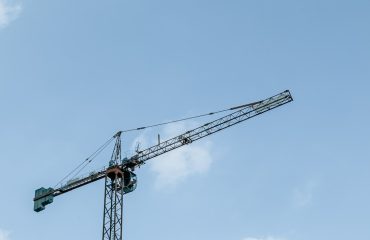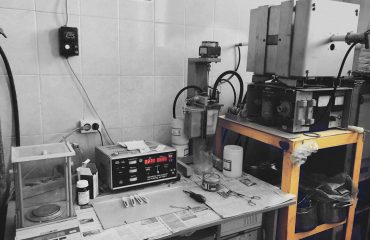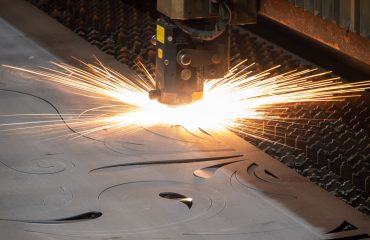body {
font-family: sans-serif;
line-height: 1.6;
}
h1, h2, h3 {
color: #333;
}
Cold drawn round steel bars are a cornerstone of numerous industries, offering a unique combination of strength, precision, and surface finish. This comprehensive guide explores the intricacies of these versatile materials, delving into their manufacturing process, properties, applications, and the advantages they offer over other steel products.
The Manufacturing Process of Cold Drawn Round Steel Bars
The creation of cold drawn round steel bars begins with hot-rolled steel bars. These bars, already possessing a basic shape, undergo a series of crucial steps to achieve the desired precision and properties. The process starts with pickling, where the bar is cleaned to remove surface scale and oxides. This ensures a clean surface for the subsequent drawing process. Then comes the cold drawing process itself. This involves pulling the bar through a series of dies, progressively reducing its diameter and increasing its tensile strength. The die’s precise dimensions dictate the final bar’s diameter tolerance. This cold working process significantly increases the material’s yield strength and tensile strength, while also enhancing its surface finish. Lubrication is crucial throughout the drawing process to minimize friction and prevent surface damage. After drawing, the bars are often straightened and cut to the required lengths. The entire process requires precise control over temperature, pressure, and lubrication to ensure consistent quality and dimensional accuracy.
Exceptional Properties: Strength, Precision, and Finish
Cold drawn round steel bars boast a superior combination of properties that make them ideal for a wide range of applications. Their high tensile strength and yield strength are directly attributable to the cold drawing process, which introduces significant strain hardening. This results in a material that is exceptionally resistant to deformation under stress. Furthermore, cold drawing imparts exceptional dimensional accuracy and surface finish. The tight tolerances achievable make these bars perfect for applications requiring precise dimensions and smooth surfaces. The superior surface finish also reduces the need for further machining in many cases, saving time and cost. The superior surface finish also minimizes the risk of fatigue cracks which can be caused by stress concentrations found on rough surfaces. Finally, the improved surface finish enhances the material’s resistance to corrosion, although additional coatings might be applied for enhanced protection in corrosive environments.
Diverse Applications Across Industries
The versatility of cold drawn round steel bars extends across a broad spectrum of industries. In the automotive industry, they are integral components in various parts, including axles, drive shafts, and suspension systems. Their high strength-to-weight ratio is a critical factor in these applications. The construction industry utilizes these bars in reinforcing structures, providing essential strength and stability. Machinery manufacturing relies heavily on cold drawn round steel bars for creating shafts, spindles, and other crucial components, where precise dimensions and high strength are paramount. The manufacturing of hydraulic and pneumatic cylinders often requires the high strength and dimensional accuracy of cold drawn steel. Furthermore, they find applications in the production of tools, fasteners, and other precision-engineered components across various sectors.
Advantages Over Other Steel Products
Cold drawn round steel bars offer several key advantages over other steel products, making them the preferred choice for many applications. Compared to hot-rolled bars, cold drawn bars possess significantly higher tensile strength and yield strength, along with superior surface finish and dimensional accuracy. This reduces the need for subsequent machining, saving time and resources. They also exhibit improved fatigue resistance compared to hot-rolled counterparts due to the smoother surface and the inherent strain hardening from the cold drawing process. In contrast to other steel products like forged bars, cold drawn bars offer a more cost-effective solution for mass production due to the efficiency of the drawing process. The consistent quality and dimensional accuracy achieved through cold drawing also minimize waste and rework, further contributing to cost savings.
Specifications and Standards: Ensuring Quality and Consistency
Various specifications and standards govern the production and quality of cold drawn round steel bars to ensure consistency and reliability. These standards define parameters such as chemical composition, mechanical properties (tensile strength, yield strength, elongation), dimensional tolerances, and surface finish. Common standards include ASTM A108, which covers carbon steel bars, and other standards that specify different grades and properties for specific applications. These standards guarantee that the bars meet the required performance characteristics and are suitable for their intended use. Adherence to these standards is crucial for ensuring the safety and reliability of structures and components built using these bars. Understanding these specifications is vital for engineers and designers selecting the appropriate grade of steel for their projects.
In conclusion, cold drawn round steel bars represent a high-performance material with a wide range of applications. Their exceptional strength, precision, and surface finish, coupled with cost-effectiveness, make them a cornerstone of modern engineering and manufacturing.
SEO Tags:
cold drawn steel bars, cold drawn round steel, steel bar specifications, steel bar applications, ASTM A108




